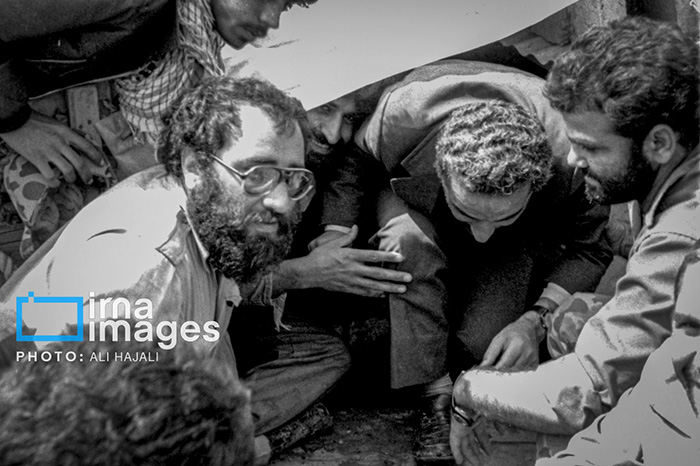The second government of the Islamic Republic of Iran under the presidency of Mohammad Ali Rajaei and the prime ministership of Mohammad Javad Bahonar is one of the most significant yet brief periods in the political history of post-revolutionary Iran. Lasting only 28 days, this government was a critical phase in consolidating the Islamic Republic’s power following the removal of the first president, Abolhassan Bani Sadr, and it was marked by the tragic assassination of both Rajaei and Bahonar. This period, though short, was pivotal in shaping the trajectory of Iran’s political landscape and strengthening the ideological foundations of the Islamic Republic.
Background: The Removal of Abolhassan Bani Sadr
The period leading up to the establishment of the second government was marked by intense political turmoil and power struggles. Abolhassan Bani Sadr, the first president of Iran, had been in office since February 1980. However, his tenure was fraught with conflicts, particularly with the clerical establishment and the Islamic Republican Party (IRP). Bani Sadr, who advocated for a more secular and democratic approach to governance, found himself increasingly at odds with the revolutionary clergy, led by figures such as Ayatollah Khomeini, who sought to embed Islamic principles more deeply into the fabric of the state’s governance.
Bani Sadr’s opposition to the IRP and his efforts to reduce the influence of the clerics led to a power struggle that culminated in his impeachment by the Iranian Parliament (Majles) on June 21, 1981. Following his removal, a temporary Presidential Council was established to manage the executive branch until new elections could be held. This council was dominated by members of the IRP, reflecting the shift in power toward the clerical establishment and the more conservative elements within the revolutionary leadership.

